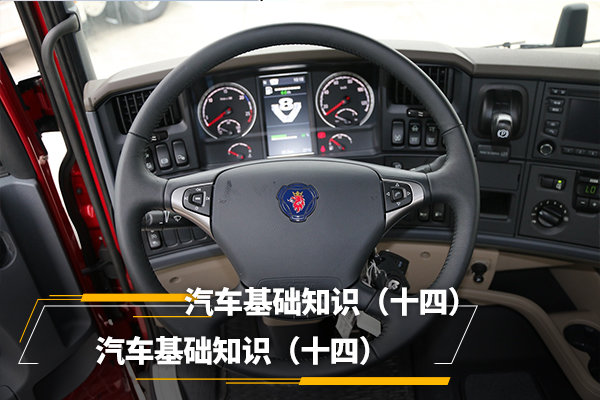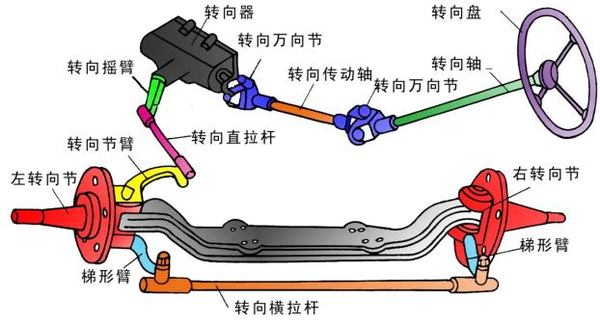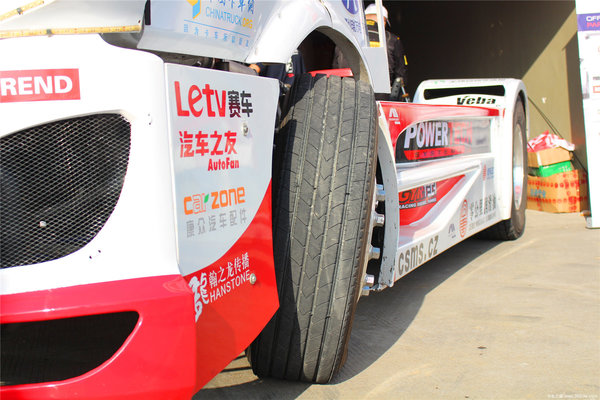04
2025
-
07
Automotive Basics (14) The World Under the Wheel
In the previous articles
We have put the chassis of the car
Driving system, brake system, drive train
It's almost over
So start with this issue
We are going to talk about the last system of the chassis of the car
Steering system
Steering system
Name implies
It is the system that allows the vehicle to complete the steering
There you have it
You'll be able to go wherever you want
For example, in the small alley around the corner, hehehehe
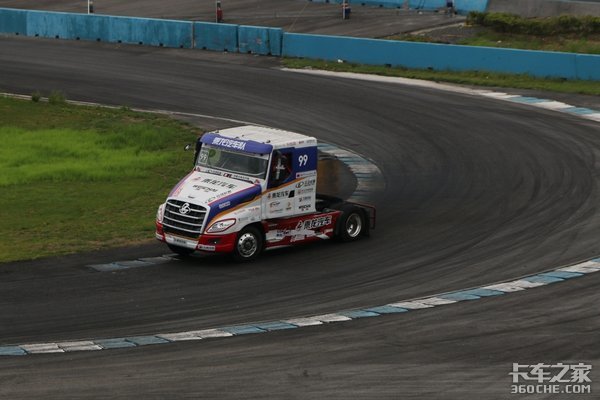
This system is mainly composed of:
Steering control mechanism
Steering machine
Steering transmission mechanism
It consists of three major parts
in other words
On the front of the steering machine is the "control mechanism"
Including steering wheel, steering shaft, steering gimbal, etc
The underside of the steering machine is the "transmission mechanism"
Including steering tie rods, knuckle arms, knuckles, etc
The control mechanism is responsible for analyzing your thoughts
Then tell it to the steering machine
After the steering machine receives this signal
Will be like a big housekeeper
Swing the small leather whip to urge the transmission mechanism to make movements
Take you to that little alley where you want to go
Generally speaking
Veteran drivers evaluate whether a car's steering system is good or not
Mainly from the following aspects to feel the heart:
1. Sensitivity
2. Lightness
3. Have a proper "road sense"
4. Reliability
5. Don't eat tires
It should be clarified
The first three metrics are not that higher performance is better
The main thing is to be "suitable"
For example, the "box" of the steering wheel can lead to a decrease in sensitivity
But at the same time, it is conducive to alleviating the impact of the road surface, so that everyone is not so tired when driving
That's why a lot of cars are going to be very responsive
Ordinary vehicles, on the other hand, need to have a certain "frame"
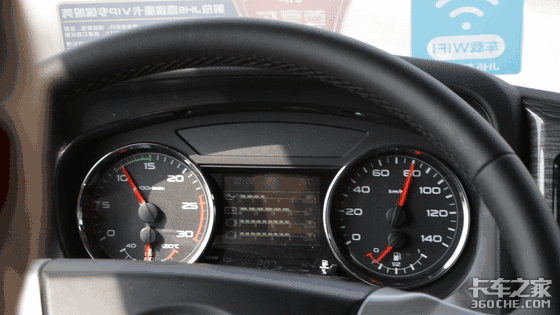
"Lightness" and "road feeling" are a bunch of contradictions
What? You don't know what road sense is?
Road perception is the condition of the road surface that is transmitted to the steering wheel in reverse through the wheels
For example, if you cross a pit, the steering wheel will shake a little
After turning, the steering wheel will return to centering
This is all the embodiment of the sense of the road
If the steering wheel is light, then the force of road feedback will naturally be light
The positive force after turning will also be smaller
The stability of high-speed driving will also be a little worse
But for the sake of comfort
Now the steering system of trucks is moving towards "lightness".
Reliability is easier to understand
So what does "not eating tires" have to do with the steering system?
I believe that attentive cardholders may discover a magical secret:
When turning
The angle at which the two front wheels turn past is actually different!
(Shocked!) )
(Is it a wayward twist?)
(Or is it moral decay?) )

Why is that?
Theoretically
When the vehicle is turning
All wheels should go around the same center in a circle
In this way, you can avoid tire wear
So
When turning,
The angle of the inward curved wheel should be larger than the outside wheel
and satisfies a functional relationship
But actually
None of the existing steering mechanisms can fully guarantee this relationship
Therefore, the problem of wheel slippage cannot be completely eliminated technically
This is especially true for trucks with double transaxles
Fetal eating is inevitable
So
A dual-guide tractor will save tires than a dual-drive tractor
In addition, there are many manufacturers that have introduced trucks with rear steering
It's all about being able to make the wheels fit the trajectory better
Reduces wear and tear on tires
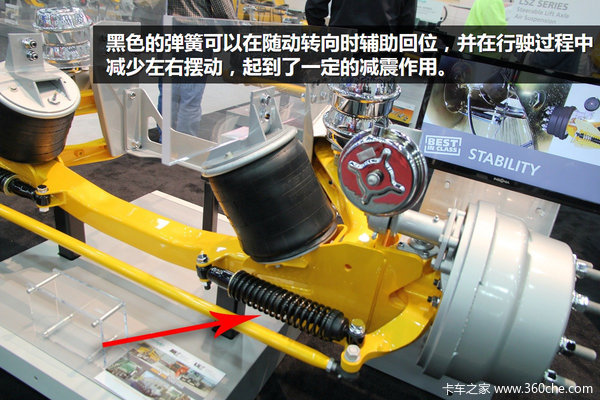 But!
But!
There is an even bigger culprit behind the problem of fetal eating
Let's not talk about the content of this issue
Leave it for the next issue, and everyone will catch the thief with me
Speaking of which, in the end
I would also like to give you Amway the latest development direction of the transformation system
That is
Electronically controlled
For example, Volvo's set
Dynamic steering
This system adds an electronically controlled motor to the traditional mechanical steering system
It is used to assist in the operation of the steering system
When driving at low speeds
The system will be very lightweight
And at high speeds
The direction will be more stability-oriented
The motor also adjusts the steering automatically
Compensate for crosswinds and uneven road surfaces
It's like having an old driver to help you steer the way
That's why they can complete challenges like this:
Besides
The system also prevents slippage in the first place
Prevent lane departure
Adjust steering wheel damping, etc
Very powerful
Do you feel the urge to buy a Volvo?
Okay, that's all for today
I wish you all more than just a Volvo truck
You can also drive a Volvo car
(The brother who drove a Lamborghini gave way, not talking about you)
Previous Page
Previous Page



